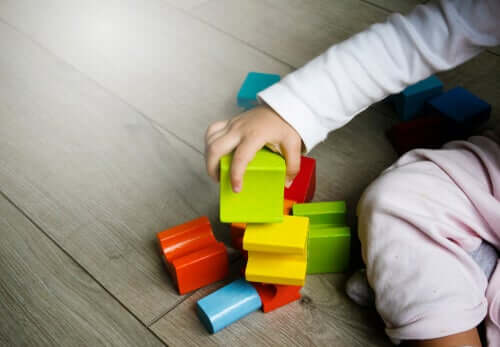The concept of psychomotority of society, in many cases, is diffuse, many people think that this child’s ability is only to know how to move properly, however, the importance of psychomotority in the development of the child goes much further.
Psychomotority is, so to speak, the window into the world of the child in all its symbolic functions, both behavioral and cognitive.
- Good psychomotority is usually the anteroom of the correct acquisition of language and its proper use in communication in interactions with others.
- So the term psychomotority incorporates cognitive.
- Emotional.
- Symbolic and sensory-motor interactions that operate in children throughout their cognitive development.
- Motor and emotional development.
Interventions to improve psychomotority work, as we can see below, aspects of all these elements:
In early childhood education, psychomotority, body experience in relation to adults and peers, objects and space . . . it is fundamental to the good development of the child.
Therefore, activities to develop psychomotority must be attractive, varied, motivating, entertaining and playful. In this section we will examine some basic ideas to achieve good psychomotor stimulation:
The material should be varied and age-appropriate. In addition, the educator and the space used in the classroom should accompany the children in their games and movements. The most suitable points to create a space of psychomotority are:
For children to make the most of psychomotor sessions, it’s very important that they follow a pre-designed structure, so teachers need to plan exactly what kind of activities they want to do during class.
On the other hand, it is also positive to let the little ones improvis what they want to do in certain situations. This space of freedom should not escape the basic standard: the teacher must maintain his leadership at all times.
The game, contrary to what may seem, is one of the most useful activities that children can do, it is useful for hundreds of things: explore the surrounding space, learn rules, create, experiment, connect with others of the same age.
There are different types of games. Each of them will play a different role in psychomotor sessions, but they can all be useful in achieving a goal, so they must become one of the main tools for anyone who wants to stimulate these skills among young people.
In the first years of life, the child develops psychomotority in such a way that, among other things, it will improve his personal autonomy and his ability to communicate with others.
In this section we will see how these skills evolve over the first three years of life, making it easier to determine whether a child’s progress has been right.
All these warning signs are just directions that should draw our attention, if necessary, consult a specialist who can help the child develop certain skills.
However, there is no need to worry too much if your children have not reached regulatory milestones for their age. With rapid intervention, most delays in a healthy child’s cognitive development are easily repairable.

